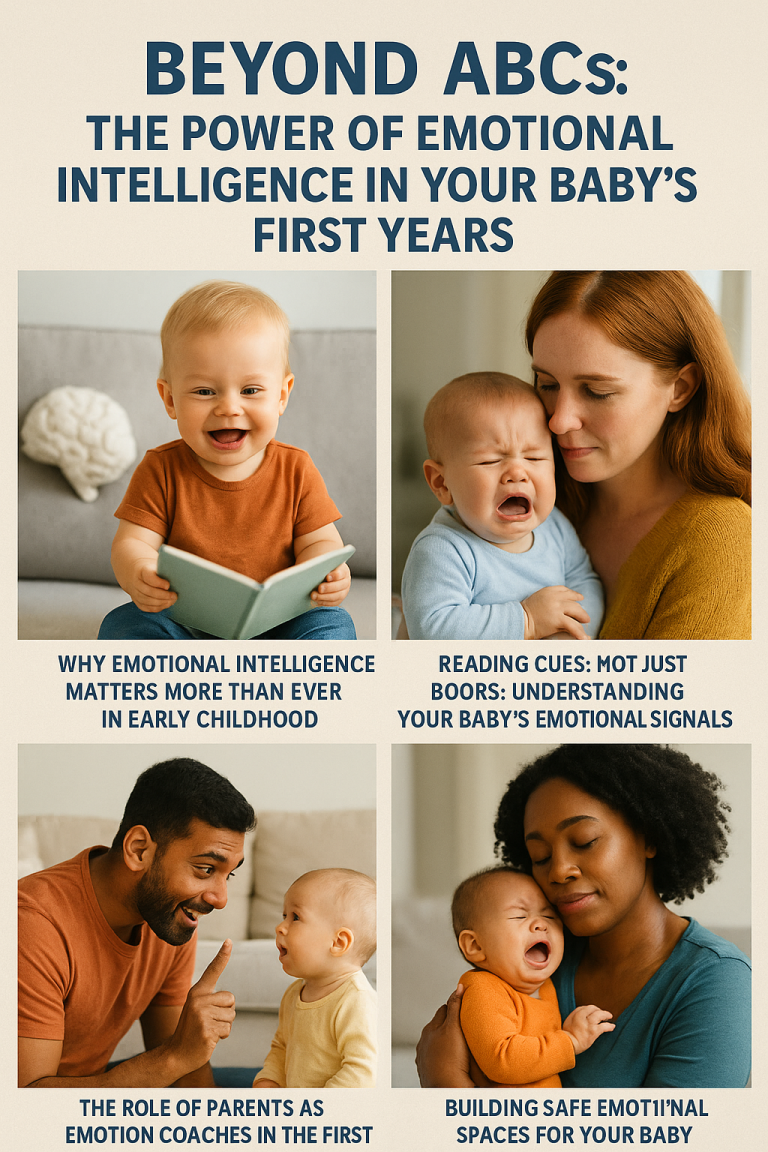
The global birth rate has been on a steady decline, reshaping societies and economies in profound ways. Once, large families were the cornerstone of communities, ensuring economic security, cultural continuity, and intergenerational support. Today, however, an increasing number of parents are opting to have fewer children or, in some cases, none at all. This shift raises critical questions about the long-term implications for economies, social structures, and future generations.
Causes of Declining Birth Rates
A multitude of factors contribute to the causes of declining birth rates, each interwoven with economic, cultural, and personal considerations. One primary reason is financial instability. Raising a child has become significantly more expensive, with rising housing costs, education expenses, and healthcare placing substantial burdens on parents. The modern economy prioritizes dual-income households, making extended childcare a costly necessity rather than a family-based support system.
Additionally, shifting societal norms play a role. More individuals, particularly women, prioritize education and career advancement over early parenthood. With higher levels of education come increased aspirations for professional success, often delaying or reducing the desire for larger families.
Urbanization also influences birth rates. As more people move into metropolitan areas where living spaces are smaller and work-life balance is difficult to achieve, family planning decisions shift towards fewer children. Environmental concerns further contribute to this mindset, with growing awareness of overpopulation, climate change, and resource depletion influencing decisions about bringing more children into an uncertain future.
Impact on the Economy
The impact on the economy due to falling birth rates is both complex and far-reaching. A declining workforce threatens economic growth, as fewer young individuals enter the labor market to replace retiring workers. This demographic shift results in a higher dependency ratio, where a shrinking number of working-age individuals must support an increasing elderly population.
Social welfare programs, including pensions and healthcare, become strained as the tax base contracts. Nations with declining birth rates often experience labor shortages, leading to slowed productivity and reduced innovation. Some industries, particularly those reliant on a steady influx of younger workers—such as education, healthcare, and technology—face significant challenges in recruitment and sustainability.
Moreover, consumer spending patterns shift. Younger populations traditionally drive economic demand for goods such as housing, childcare, and education. As birth rates decline, these industries experience reduced demand, potentially leading to economic stagnation. Countries experiencing population decline must grapple with potential long-term recessions if proactive economic strategies are not implemented.
Government Policies and Incentives
Recognizing the profound effects of lower birth rates, many governments have introduced government policies and incentives to encourage parenthood. These policies vary widely, from financial incentives such as child tax credits, paid parental leave, and subsidized childcare to more structural approaches, including housing benefits and work-life balance initiatives.
For example, some Scandinavian countries have successfully implemented generous parental leave policies, allowing parents to share extended time off with financial support. In contrast, nations like Japan and South Korea, facing rapid population declines, have introduced cash incentives and fertility treatment subsidies to encourage childbirth.
Despite these efforts, the success of such policies remains mixed. Financial incentives alone often fail to address the broader societal shifts driving lower birth rates. Cultural attitudes towards family, career priorities, and gender roles play a crucial role in determining whether individuals choose to have children. As a result, governments must consider holistic approaches that address work-life balance, social expectations, and economic security in tandem with direct financial support.
Changing Family Structures
Another fundamental shift affecting birth rates is the transformation of changing family structures. Traditional nuclear families, once the dominant model, are giving way to diverse family dynamics. Single-parent households, cohabiting partners without marriage, and child-free lifestyles are increasingly common.
The rise of non-traditional family structures is partially influenced by shifting societal values. Individuals are redefining success, fulfillment, and legacy beyond biological parenthood. Many focus on personal development, relationships, and experiences rather than adhering to conventional family expectations.
LGBTQ+ family structures have also expanded, with more same-sex couples exploring parenthood through adoption, surrogacy, and assisted reproductive technologies. While these changes enrich the fabric of modern societies, they also contribute to a general decline in birth rates as fewer individuals follow the traditional path of early and multiple-child parenthood.
Moreover, attitudes toward marriage are evolving. In many countries, marriage rates are declining alongside birth rates, as economic pressures and shifting gender dynamics lead individuals to delay or forgo traditional commitments. The correlation between marriage and childbearing is strong, meaning that as fewer people marry, fewer children are born within conventional family units.
Technological and Societal Adaptations
As birth rates decline, societies must innovate to adapt. Technological and societal adaptations play a crucial role in addressing labor shortages, supporting aging populations, and maintaining economic stability.
Automation and artificial intelligence are increasingly filling gaps in the workforce, reducing reliance on a large working-age population. Robotics and machine learning streamline industries that once depended on human labor, helping mitigate the negative economic impact of fewer young workers.
Additionally, immigration policies are being adjusted to counteract workforce declines. Many nations are actively recruiting skilled labor from countries with higher birth rates to sustain economic growth. Encouraging migration helps maintain population levels and ensures a steady supply of workers for essential industries.
Social policies are also evolving to accommodate aging populations. Healthcare systems are shifting towards preventative care models to keep older citizens healthier for longer. Retirement ages are increasing, and pension systems are being reevaluated to sustain economic balance.
Furthermore, societal perspectives on child-rearing are changing. Shared parenting models, flexible work arrangements, and community-based childcare initiatives are being explored to ease the pressures of raising children. With greater workplace flexibility and cultural acceptance of alternative family structures, some of the barriers to parenthood may be alleviated.
Conclusion
The decline in birth rates is a complex issue shaped by financial, societal, and technological forces. While some view it as a crisis threatening economic stability, others see it as a natural evolution of human priorities and lifestyles.
Addressing this phenomenon requires a multi-faceted approach. Governments must implement holistic policies that go beyond financial incentives to encompass societal well-being, work-life balance, and gender equity. Economies must innovate to function with smaller workforces, leveraging technology and immigration. And at the heart of it all, individuals must be empowered to make family decisions that align with their values and circumstances.
The future of global demographics depends on how societies navigate these shifts. Whether the world adapts successfully or faces the challenges of an aging population without sufficient support remains to be seen. What is certain, however, is that the way people define family, success, and legacy is changing—perhaps forever




